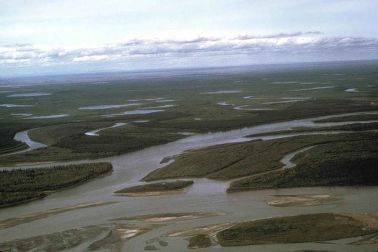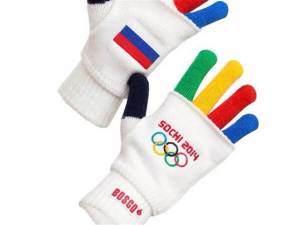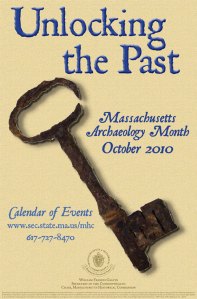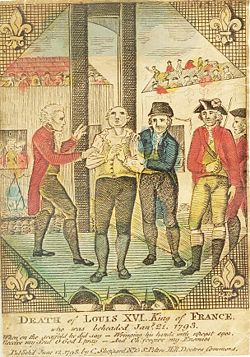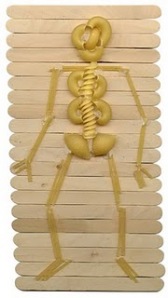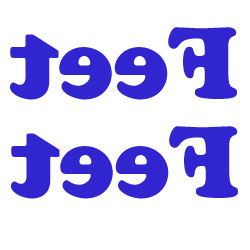 Relevant. Engaging. Fun. Viral. Entertaining. Educational. Hip. Innovative. Creative.
Relevant. Engaging. Fun. Viral. Entertaining. Educational. Hip. Innovative. Creative.
A daunting set of words to have as goals for any museum program or exhibition. Museums all over are looking for ways to tap into the trends of the day to help reach those goals, and sometimes they succeed and sometimes they slip up; so what is it that makes for a successful event or engagement opportunity, and what are the commonalities among things that are likely to fall flat at best, and land you in the mud at worst?
The scene is complicated by entities like the highly popular Museum Hack, a team of outsiders that creates (with the permission of the host organization) museum experiences that ‘disrupt’ the usual expectations of a museum tour. They have raised a few eyebrows among museum professionals, but have also received a warm welcome for bringing a fresh set of experiential ideas to widespread attention. That said, what seems to be ‘okay’ on a Museum Hack experience can seem problematic when attempted by museums themselves.
Let’s look at a couple of recent examples:
“Science Meets Speed Dating” at the American Museum of Natural History, from the Wall Street Journal
This sounds, from this article, like a really successful event. They took an easily recognizable style of event, the concept of which is clear even if you’ve never been to a speed-dating evening, and gave it a twist to suit their context. I know that in my past museum jobs evaluations showed that ‘meeting the expert’ events, be they artists, scientists, authors, whatever, were always a big draw, and this capitalizes on that pull to create a really entertaining evening. I can imagine contexts in which speed dating would not work so well as a framework–Speed Debate with the Founding Fathers? Maybe not. Still, there was content to back up the concept here, and it shows.
“Kimono Wednesday” at the MFA
There’s been a lot of ink spent on the protests surrounding this event already, and I’m including the links below of some of the interesting reads. I’m more interested in looking at the program structure than debating the larger issues. The original intent of the kimono-selfie-prompt was not malicious, but it certainly seems to have suffered from an insufficiency of forethought. It was also (quite properly, in my opinion) criticized for lack of context. The discussion around culture-as-costume seems to only be getting louder (again, quite properly imho); in Canada a music festival just banned the wearing of First-Nations-inspired headgear, for instance. In that environment, promoting an opportunity for self-promotion through kimono-selfies seems oblivious, not to mention a tad dated/derivative. As one insightful person I spoke with put it, “Once they’re selling selfie-sticks in Walgreen’s, it’s over.”
That said, the fact that the museum immediately changed gears, added context, and is assembling a symposium to discuss issues of cultural sensitivity and appropriation is admirable. Listening to the people in your space is important. That they continue to voice their upset is a mark more of the level of frustration and voicelessness felt by certain segments of the population than it is a reflection on the museum’s actions. The MFA is in the same boat as the presidential candidates at this week’s Netroots Nation event; they happen to have provided a stage for people who haven’t had one. That the MFA is planning on leaving open that space and continuing the discussion is great.
“MFA recasts kimono days after complaints of stereotyping” at the Boston Globe
“Confused thinking behind the protests at the Boston Museum of Fine Arts” on Hyperallergic
“MFA’s kimono controversy should spark deeper conversation” at the Boston Globe
Flag Creation and the ‘Hate vs. Heritage’ Argument
Participatory spaces in museums, facilitated and non, are a growing staple of museum engagement. In an activity inspired by Bastille day, one museum educator ran up against some unexpected uncomfortableness when some visitors chose to re-create versions of the Confederate flag to hang on the activity wall–and had to face questions of editing, engagement, and ethics in deciding whether or not to take the flags down:
“When do we edit participation?” at Museum Questions
Thinking, again, about this as a program design, there’s not a lot to criticize here. Could some of the issue been averted by having an educator in the space? Possibly, but possibly not. Could more or different signage have helped? Again, possibly, or possibly not. It’s a problematic balance between access and resources; sometimes the staff just doesn’t exist to keep spaces like this staffed. I would argue that audience participation is always enriched by the chance to interact with a museum educator. (This is where I am not putting my thoughts on how all museum staff, regardless of department or background, should spend a certain amount of time per month on the exhibit floor, because that’s a whole different post waiting to happen.)
Should museums have a stated policy their staff can refer to about the things they will or will not accept as ‘leave-behinds’ for display? That would probably help. After all, most museums will remove random scribbles and profanity from their comment books; if the National Park Service has refused to let their concessionaires sell merchandise with the Confederate flag on it, that’s enough back-up for me.
There is a place for conversations about heritage, symbolism, and the visual language of oppression, but it’s not the unfacilitated kids’ art zone. Everyone deserves to feel comfortable and welcome in that kind of space; let the difficult conversations happen where there are no safety scissors around.
So tell me what you think: why are selfies as prompted by Museum Hack ‘okay’ (if they are)? What other kinds of gallery-disruption do you favor or dislike? What would you do if someone left a Confederate flag (or other controversial image) in your art zone? When is a kinetic experience learning and when is it a ploy?

